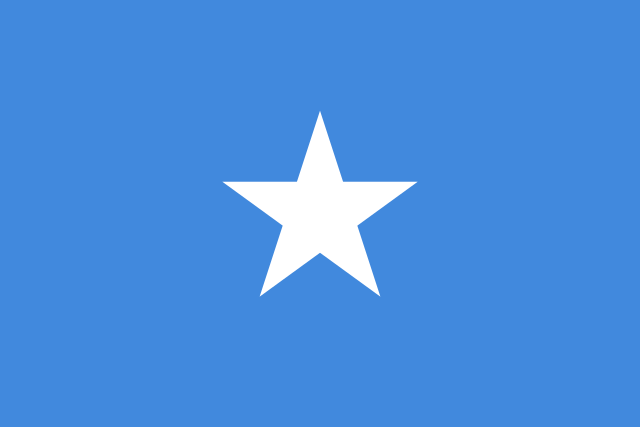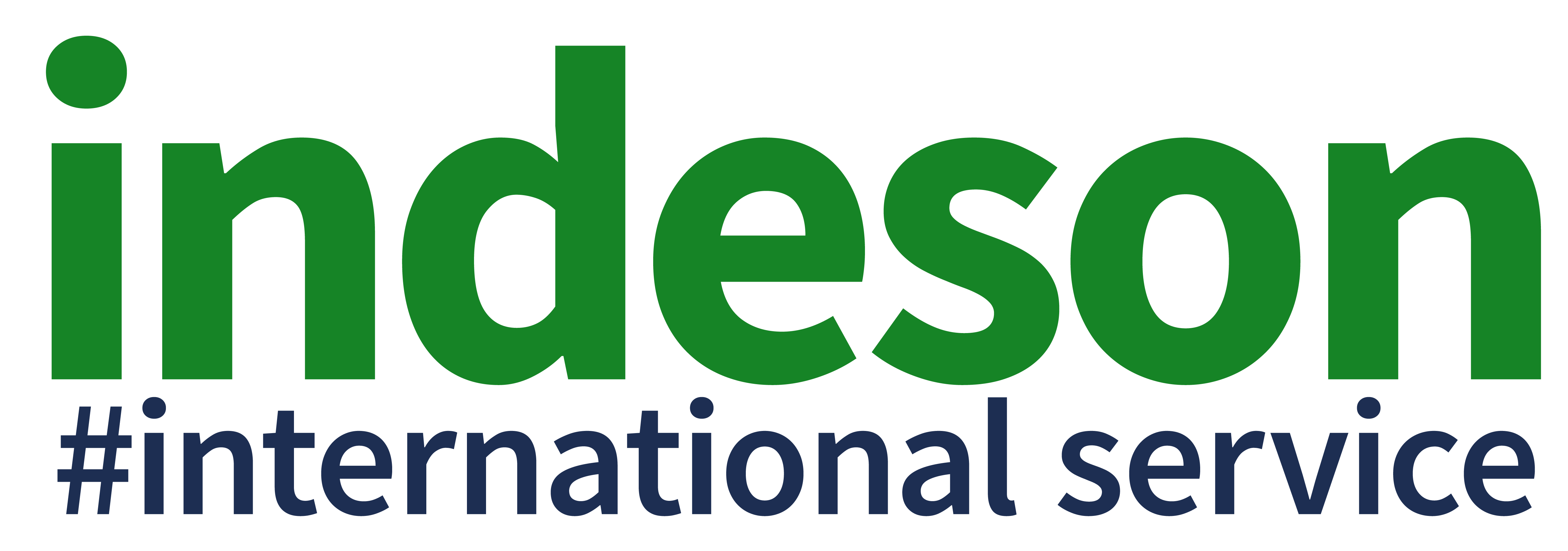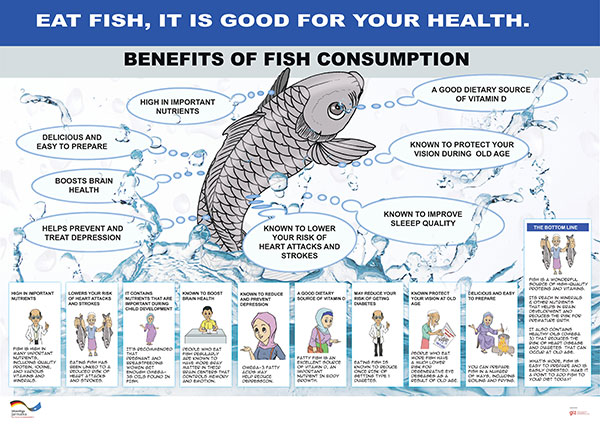Project
Fish for Nutrition (BMZ)

Improving Food Security of the Vulnerable Population in Kismayo, Somalia through Access to Fishery Products; Commissioned by the German Federal Ministry for Economic Cooperation and Development (BMZ)
- Country: Somalia
- Time: 2019 - 2021
Project Partner:
-
Project Keywords:
Capacity Building, Communication, Consulting, Industry linkages, International Education, Leadership Development, Media campaign, Project Management, Quality Management, Research, Training

